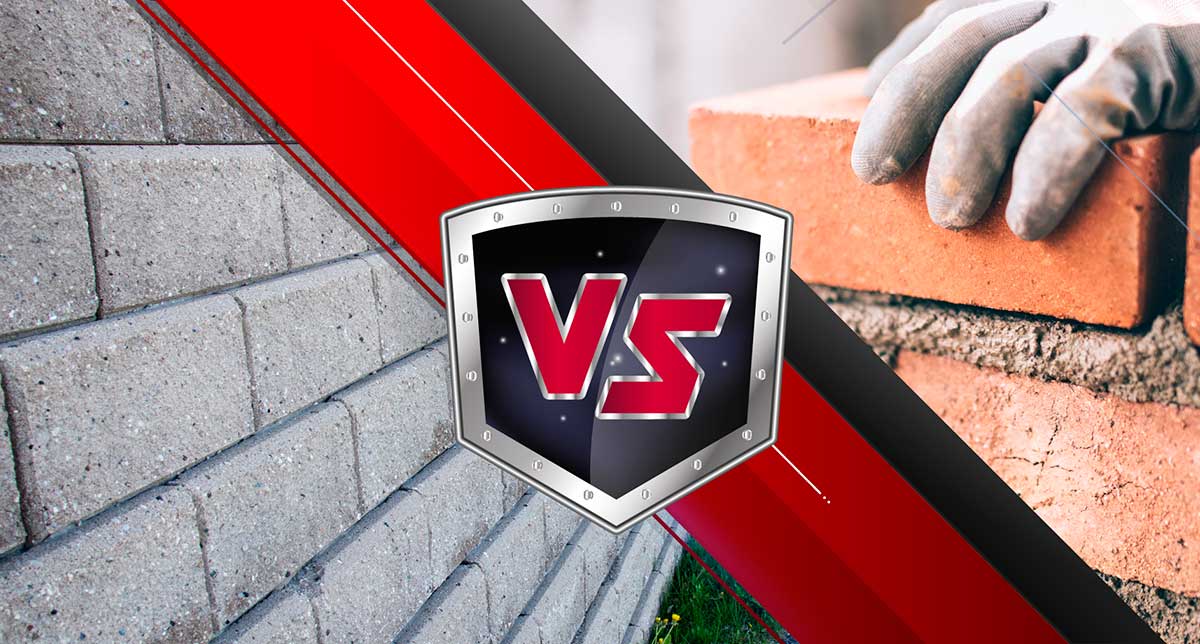Not known Details About Polished Concrete
Table of ContentsConcrete Design Can Be Fun For Everyone10 Easy Facts About Concrete Pavers ShownThe Single Strategy To Use For Cement MixerConcrete Pavers - TruthsFacts About Concrete RevealedEverything about Concrete
Thin-set has a pronounced glue top quality as well as is in some cases referred to as thin-set adhesive. The Spruce/ Liz Moskowitz.What is masonry in building construction? Building of put concrete, enhanced or unreinforced, is often additionally considered masonry.
Brick Masonry: Block is the most preferred product for stonework. What is the distinction between brick and masonry? With brick veneer, the architectural assistance comes from the concrete, steel, or wood that makes up the backup wall, as well as the brick is on the outside for aesthetic objectives.
The 6-Second Trick For Concrete Pavers
What is the difference between concrete as well as masonry? Concrete is a composition of different elements prepared in a manufacturing facility while masonry is made on-site of traditionals. They are both long lasting. Concrete is put into mold and mildews while traditionals are joined to create stonework. The length of time do brick houses last? According to the International Organization of Qualified House Examiners (IACHI), block structures are developed to last 100 years or even more.
Bricks are the most widely identified stonework products, although many various other sources can be made use of, such as stone and also concrete blocks. Brick Masonry.
Concrete Blocks. Just how do you tell if a home is framework or masonry? An usual way to determine the actual building and construction type is looking at the home windows, if the inset is nearly flush with the exterior wall surface it is frame, if the inset is concerning 4 inches deep it will certainly be stonework building and construction.
Concrete Fundamentals Explained
But block is more economical than rock. Both can stand up to the components, including strong winds, hot sunlight, and sub-freezing temperature levels. What are the three types of masonry?.
Masonry and concrete are not the same thing; as a general policy stonework is referring to the bricks, rocks, as well as obstructs utilized while concrete describes a sort of concrete, various other materials, and also water that can be set into huge forms to make a building without the smaller sized devices of stones or bricks stacked upon each other.
Stonework might additionally describe the ability or profession of dealing with rocks as well as bricks to develop precisely as well as skillfully. The sort of concrete you want to pick depends upon the location of the structure it will be made use of and also the range of the task. The material that is utilized to blend with the concrete in concrete as an accumulation will identify the hardness, water resistance, and weight of the concrete types that are being made.
The Greatest Guide To Polished Concrete
It can be a specific scientific research to obtain the required outcomes, however the experts have actually had several years of experience and also can easily mix a batch of concrete ideal for whatever task is at hand. The kind of stonework you intend to select refers preference as well as the stability of the task.
It is necessary to employ a mason with experience and an eye for both the charm of the task and also the honesty. When done right, building with stone can bring about an item of architecture that stays durable and also appealing for many years. Whether you chose concrete stonework, put concrete walls, or rock masonry, the integrity of your structure will likely be considerably much better for picking these fire resistant tough mediums to construct with (concrete pavers).
While stonework and concrete are both made use of for building walls and also other frameworks that make up buildings, the 2 are really various in regards to application as well as the approach of preparation right here are several of the most crucial distinctions: Composition while concrete is created utilizing concrete, water and also some type of aggregate, such as stone or sand, stonework uses brick or stone elements glued along with mortar, a combination cement, sand as well as water; Preparation both concrete as well as the mortar used to make bricks stick with each other can be made in a mixer, yet in many cases, concrete is manufactured in big quantities in a manufacturing facility and also it is moved to the structure site ready for being utilized; Application concrete is usually poured into molds to form posts, floors as well as wall surfaces, while masonry walls are constructed brick by block, rock by stone, spreading a layer of mortar on the top of a layer of blocks, then laying bricks on the mortar and continuing the operation till the desired height is gotten to; Resilience both concrete and masonry wall surfaces are immune as well as long lasting structures, the selection in between the two being identified by the kind of the building, budgeting considerations, architectural as well as terrain-related aspects.
Getting The Polished Concrete To Work

Mortar protects the blog blocks with each other, which remainder on concrete footings. There are no kinds (like those required for put concrete foundations) to configure and also protect the blocks.

The Ultimate Guide To Concrete Pavers

Professionals may find it tough, taxing, and also expensive to truck in wet concrete to the job site. Water leak problems in poured concrete structures, Poured concrete can break as well as leakage otherwise ready correctly. Poured concrete walls may leak moisture through non-structural fractures in the wall (where the wall as well as flooring satisfy, at the top of the see this site foundation wall or via the permeable concrete).